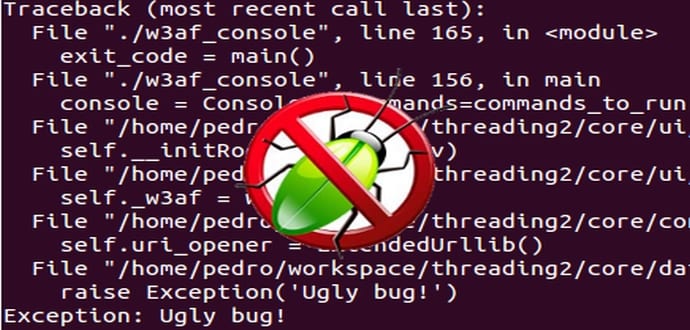Managing Information
Log files are a lot more manageable during an application’s development than they are after development, and if you’ve ever worked on an app that’s been launched, you understand this. There are a few reasons.
After development, more users predicate an increase in data, which requires you to obtain access. That data is spread across more than one server, and a single operation has the propensity to transcend multiple boundaries of service, meaning additional logs to parse through for a bug. Things are harder to read, the user context is absent, the list goes on.
You’re not going to have the details most helpful to assisting you in determining where the bug is, and even though there are a great variety of frameworks out there whose purpose it is to help developers chase down bugs via cogent logging (you’ve got your Log4net, NLog, Elmah, and the Enterprise Library Logging Application Block), it’s just not enough.
What’s necessary here is a means of condensing information into quantities which are easy to manage. If you can do this, you’ll have a greater chance of finding errors in programming and correcting them. A lot of times you’re going to have difficulties with applications that have been recently launched, no matter how well you design them beforehand.
Don’t Forget The Human Element
There’s an element of human error at play here. People, being imperfect, are going to accidentally miss the mark no matter how professionally and exactly they apply themselves to the creation of this or that. Couple natural human error with a ubiquity of systems, servers, and service areas, and you begin to get an idea of the situation’s impossibility.
When it comes to errors in code, and debugging those errors, Murphy’s Law is king. Anything that can go wrong will go wrong, and using the bare minimum of logging parameters to parse through such instances of error is a recipe for time-loss and frustration. Now you’ve heard it said that time is money; but did you know it can be peace of mind as well?
When you’ve got a plethora of problems requiring solutions hanging over your head, it condenses your perception of time and may cause you to either procrastinate, overwork yourself, or needlessly stress. Additionally, it’s time that can’t be devoted to core functionality of a given application, meaning that application ultimately suffers.
The solution here is to find a logging consolidation protocol which allows you to shave off the identifiable, predictable, recurring complications of information processing. When you can get everything you need easily in one place, then you don’t have to lose time, willpower, and energy combing through data.
A Solution For Today
According to Stackify.com, logging best practices include complication consolidation and elimination; as the site puts it, Stackify helps: “Consolidate and aggregate all…logging to a central location, available to all devs, and easy to distill.”
Easy distillation is key. When you can consolidate all logs centrally, not only can you identify where the bugs are causing difficulties with a given application, but you can identify trends as they recur and even potentially eliminate problems prior their beginning.
Sometimes there’s an issue in a separate service area because of local protocols in communication with your app. If you find this to be the case, then you can anticipate where a bug will arise and eradicate that digital insect before it lays a clutch of error-prone eggs and causes an infestation.
The internet, and technology in general, grows at an exponential rate; and difficulties, as described here, are likely to expand. Consolidating error identification and resolution is important for an additional reason: even the best methods will be antiquated soon. You want to stay as ahead of the curve as possible.


